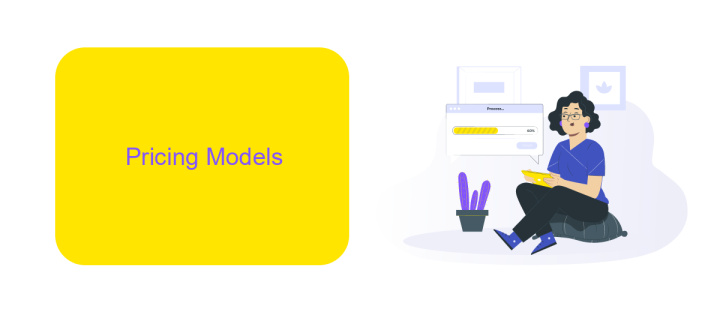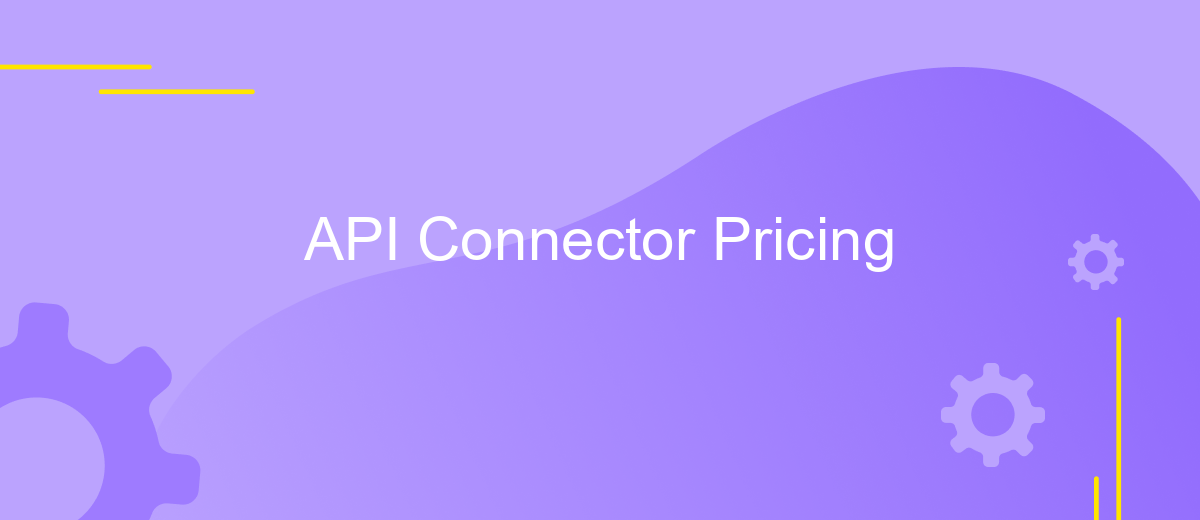API Connector Pricing
In today's digital landscape, APIs (Application Programming Interfaces) play a crucial role in enabling seamless communication between software applications. As businesses increasingly rely on these connectors to enhance functionality and streamline operations, understanding API connector pricing becomes essential. This article delves into the various pricing models available, helping organizations make informed decisions that align with their budgetary constraints and technical requirements, ultimately optimizing their API integration strategies.
Introduction
In today's rapidly evolving digital landscape, API connectors have become indispensable tools for businesses looking to streamline operations, enhance connectivity, and drive innovation. As organizations increasingly rely on these connectors to integrate diverse applications and services, understanding the pricing models associated with API connectors is crucial for making informed decisions. The cost of API connectors can vary significantly based on several factors, making it essential to evaluate these aspects carefully.
- Volume of API calls: The number of requests made can influence pricing tiers.
- Data transfer limits: Some providers charge based on the amount of data transferred.
- Feature set: Advanced features may come with additional costs.
- Service level agreements (SLAs): Higher reliability and support levels may affect pricing.
By comprehensively understanding these pricing components, businesses can better plan their budgets and optimize their use of API connectors. This knowledge helps in selecting the right provider and plan that align with the company's operational needs and financial constraints. Ultimately, a strategic approach to API connector pricing can lead to enhanced efficiency, reduced costs, and a competitive edge in the digital marketplace.
Pricing Models

API connector pricing models vary widely, catering to diverse business needs and usage patterns. One common model is the pay-as-you-go approach, where businesses are charged based on the number of API calls or data volume processed. This model offers flexibility, making it ideal for startups or businesses with fluctuating traffic, as they only pay for what they use. Another prevalent model is the subscription-based pricing, providing a fixed monthly or annual fee for a set number of API calls or features. This model is beneficial for businesses with predictable usage, allowing for budget stability and ease of financial planning.
Some API connectors, like ApiX-Drive, offer tiered pricing models that combine elements of both pay-as-you-go and subscription plans. These models allow businesses to choose a plan that best suits their current needs while providing the option to scale up as they grow. Additionally, ApiX-Drive provides integration services that simplify the process of connecting various applications, enhancing overall efficiency. By offering a range of pricing models, API connectors ensure that businesses of all sizes can find a solution that aligns with their operational and financial goals.
Detailed Pricing

Understanding the pricing structure for API connectors is crucial for businesses looking to integrate various software solutions efficiently. The pricing model typically depends on several factors, including the number of API calls, the level of support required, and the complexity of the integration. Companies should carefully assess their needs to select a plan that offers the best value for their specific use case.
1. Basic Plan: Ideal for startups, this plan usually includes a limited number of API calls per month and email support. It's a cost-effective choice for businesses with straightforward integration needs.
2. Standard Plan: This mid-tier option provides a moderate number of API calls, along with priority email support and access to additional features such as data caching and rate limiting.
3. Premium Plan: Designed for enterprises, this plan offers unlimited API calls, 24/7 customer support, and advanced analytics. It is perfect for businesses requiring high performance and reliability.
When selecting an API connector plan, it's essential to consider both current and future requirements. Investing in a scalable solution ensures that as your business grows, your API needs are met without unexpected costs or disruptions. Always review the terms and conditions to understand any potential overage charges or limitations.
Usage Considerations

When choosing an API connector pricing plan, it's crucial to evaluate your specific needs and usage patterns. Understanding how your organization will utilize the API can help you select the most cost-effective option. Consider the frequency of requests, the volume of data being transferred, and any additional features you might require.
Another important factor is scalability. As your business grows, your API usage may increase, necessitating a plan that can adapt to changing demands. Ensure that the pricing model you choose can accommodate future expansion without incurring prohibitive costs.
- Evaluate the number of API calls your application requires.
- Consider data transfer limits and potential overage fees.
- Assess the need for premium features such as advanced analytics or priority support.
- Examine the flexibility of the pricing model for scaling purposes.
Lastly, take into account any potential hidden costs. Some providers may charge for additional services or impose penalties for exceeding usage limits. A thorough understanding of the pricing structure will help avoid unexpected expenses and ensure that the API connector aligns with your budget and operational needs.
- Automate the work of an online store or landing
- Empower through integration
- Don't spend money on programmers and integrators
- Save time by automating routine tasks
Additional Resources
When exploring API Connector Pricing, it's essential to have access to comprehensive resources that can assist in making informed decisions. Several online platforms offer detailed comparisons and reviews of various API connectors, helping users understand the cost implications and features of each option. Additionally, forums and communities can be invaluable for sharing experiences and tips about optimizing API usage and managing expenses effectively.
For those seeking to streamline their integration processes, services like ApiX-Drive provide user-friendly solutions. ApiX-Drive allows businesses to connect different applications effortlessly, automating workflows without the need for extensive technical knowledge. Their platform is designed to simplify the integration process, offering a transparent pricing model that aligns with the needs of diverse businesses. Exploring such services can be a game-changer for companies looking to enhance their operational efficiency while keeping costs under control.
FAQ
What is the pricing model for API Connector services?
Are there any free options available for using API Connectors?
How do I choose the right pricing plan for my needs?
Can I change my API Connector pricing plan if my needs change?
Are there any hidden fees associated with API Connector pricing?
Apix-Drive is a universal tool that will quickly streamline any workflow, freeing you from routine and possible financial losses. Try ApiX-Drive in action and see how useful it is for you personally. In the meantime, when you are setting up connections between systems, think about where you are investing your free time, because now you will have much more of it.


